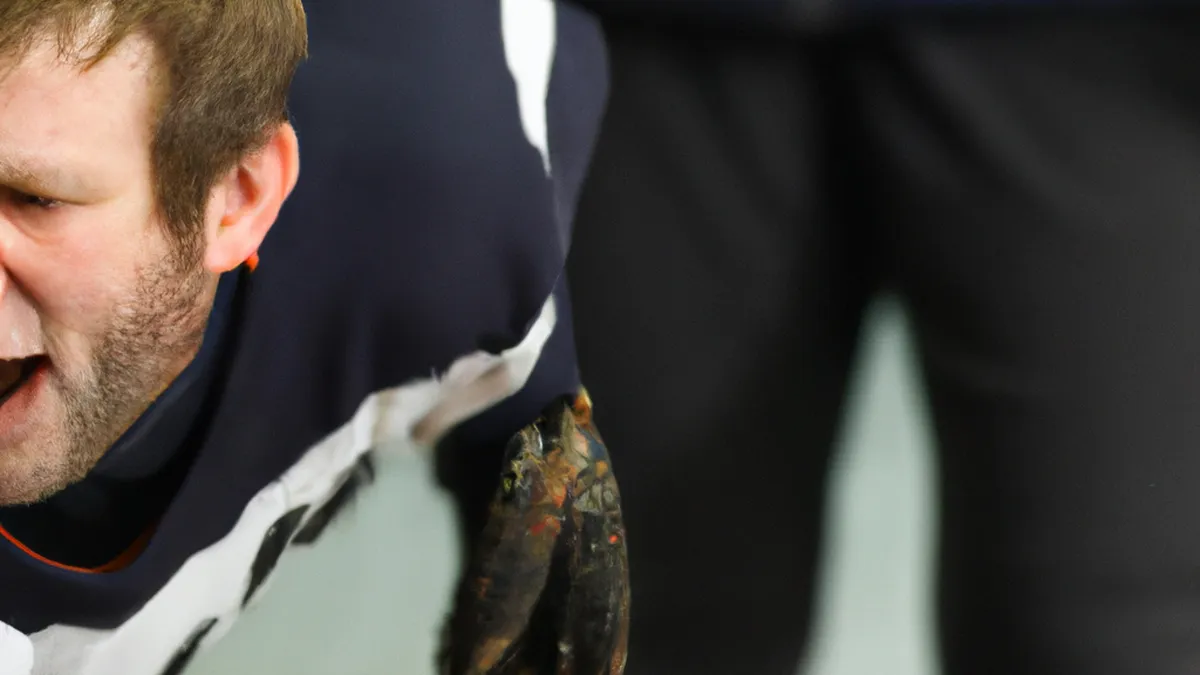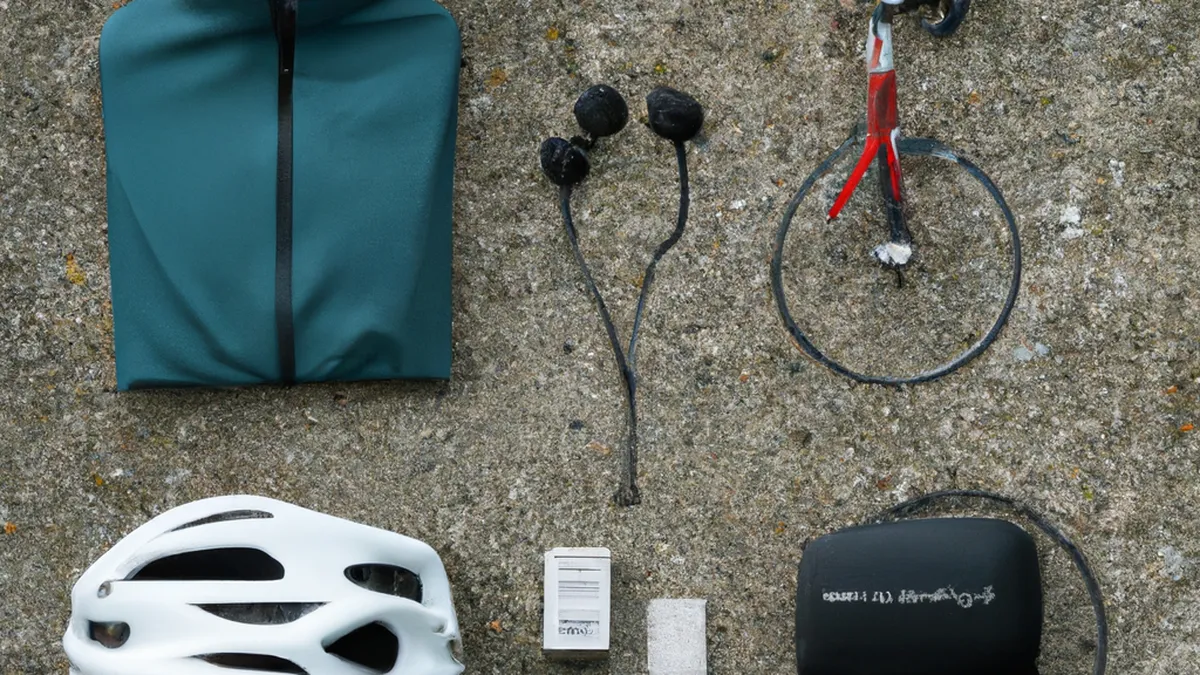Oxygen Flow: Key to Running Success
Breathing Techniques for RunnersRunning demands endurance, speed, and effective breathing. Many runners overlook breathing techniques, but mastering them enhances performance and enjoyment. This blog post explores effective breathing techniques for runners, offering helpful tips and insights.
Understanding the Basics of Breathing
Breathing is instinctual, yet many runners fail to maximize its potential. Your body needs more oxygen as you run, requiring your breathing to adapt. Proper techniques can improve your running experience. Let’s explore how to breathe correctly while running.
Diaphragmatic Breathing
Diaphragmatic breathing, or belly breathing, is vital for runners. This technique engages the diaphragm for deeper, more efficient breaths. To practice diaphragmatic breathing:1. **Find a Comfortable Position**: Lie down or sit comfortably.2. **Place Your Hands**: Rest one hand on your chest and the other on your belly.3. **Inhale Deeply**: Breathe in through your nose, letting your belly rise while keeping your chest still.4. **Exhale Slowly**: Release the breath through your mouth, feeling your belly fall.This method increases oxygen intake, reduces fatigue, and helps you relax, enhancing your run.
Rhythmic Breathing
Rhythmic breathing creates a consistent pattern, especially beneficial during longer runs. Many runners use a 2:2 pattern, inhaling for two steps and exhaling for two steps. For example, inhale on your left foot and exhale on your right foot at a steady pace. This technique improves oxygen flow and maintains your rhythm, crucial for longer races.Experiment with patterns like 3:2 or 2:1 based on your pace and comfort. Find a rhythm that feels natural and sustainable throughout your run.
Nose vs. Mouth Breathing
Choosing between nose and mouth breathing can challenge many runners. Both methods have advantages.- **Nose Breathing**: Breathing through your nose warms and filters air. It promotes slower, deeper breaths, regulating your heart rate and fostering relaxation.- **Mouth Breathing**: During intense runs, mouth breathing allows greater oxygen intake, essential for maintaining performance. It provides quick air access when pushing limits.Switch between the two methods based on your pace.
Conclusion
As an Amazon Associate I earn from qualifying purchases.
Gear tip: consider ankle resistance bands, running shoes, and gps running watch to support this topic.
Proper breathing techniques can enhance your running experience. Practice diaphragmatic and rhythmic breathing, and choose between nose and mouth breathing based on your needs.
Below are related products based on this post:
FAQ
What is diaphragmatic breathing and why is it important for runners?
Diaphragmatic breathing, also known as belly breathing, engages the diaphragm for deeper and more efficient breaths. This technique increases oxygen intake, helps reduce fatigue, and promotes relaxation, all of which enhance a runner’s performance and enjoyment.
How can I practice rhythmic breathing while running?
Rhythmic breathing involves creating a consistent pattern of inhaling and exhaling, which is particularly beneficial for longer runs. A common method is the 2:2 pattern, where you inhale for two steps and exhale for two steps, helping to improve oxygen flow and maintain your running rhythm.
Should I breathe through my nose or mouth while running?
Both nose and mouth breathing have their advantages. Nose breathing warms and filters the air while promoting slower, deeper breaths, whereas mouth breathing allows for greater oxygen intake during intense runs. It’s best to switch between the two methods based on your pace and effort level.















Post Comment